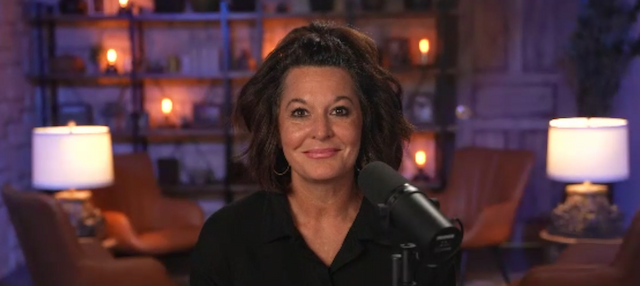30th Sunday in Ordinary Time: a New Way of Seeing

Increasingly our culture has become a visual culture where “image is everything.” Every day we are bombarded by visual and moving images—photos, bumper stickers, posters, billboards, newspapers and magazines not to mention youtube videos, facebook memes, and ads.
Yet, despite the thousands of images and videos we see daily in this hypervisual digital world, many times, we fail to see the true, good and beautiful. We continue to look but we do not see.
Seeing implies more than just physical eyesight. Many cultures use physical sight as a metaphor for understanding. We do that spontaneously when we suddenly catch on to an explanation and say, “Oh, now I see,” or even, paradoxically, “I see what you’re saying.”
Thus, even if we have eyes with 20/20 vision, we long to learn how to see. Ironically, the best persons who can teach us how to learn to truly see are the blind. I remember when I was assigned in Legaspi many years ago, we had a blind masseur whom we call often especially after coming from the missions for a much relaxing massage. His name is Bert. Bert does not just give us a relaxing massage; while doing massage on us, he talks about a lot of people we commonly knew. It was amazing how despite his blindness he had a profound understanding of the character of people.
This calls to mind the life of Helen Keller, a famous American blind writer. Helen Keller, who went blind and deaf at nineteenth months old, once narrated:
‘One day I asked a friend of mine who had just returned from a long walk in the forest what she had seen. She replied, “Nothing in particular.”
How was this possible? I asked myself, when I, who cannot hear or see, find hundreds of things to interest me through mere touch. I feel the delicate shape and design of a leaf.
I pass my hands lovingly over the rough bark of a pine tree. Occasionally, I place my hand quietly on a small tree, and if I’m lucky, feel the happy quiver of a bird in full song.
The greatest calamity that can befall people, is not that they should be born blind, but that they should have eyes, yet fail to see.’

This important truth is also demonstrated in the Gospel of today’s 30th Sunday of ordinary time. In the gospel, it was the blind Bartimaeus who saw Jesus for who he truly was. This beggar sitting beside the road shows immediately that he “sees” at least as much as Peter when he addresses Jesus with a Messianic title: “Son of David, have pity on me.”
To understand more fully the significance of this encounter between Jesus and the blind Bartimaeus we need to rewind a bit in the gospel of Mark. For two chapters prior to this account, Mark has been presenting Jesus on the road with his disciples. On the way, on three separate occasions, Jesus speaks of his approaching passion, death, and resurrection. Each time one or more of the disciples show some gross failure to comprehend what he has just said. And each time, Jesus takes them aside to teach that following him entails losing one’s life to find it, carrying a cross, becoming the servant of all. This is also sounded in the conversation in the boat, when Jesus asks, “Do you have eyes and not see, ears and not hear?” (Mk 8:18). In other words, Mark presents us with a picture of the disciples as spiritually blind. They do not really see who Jesus is and what he is about.
In the gospel account today, the disciples who were traveling with Jesus look upon Bartimaeus as an interruption of their missionary journey. Jesus, on the other hand, sees Bartimaeus as the point of the journey. Bartimaeus was a manifestation of why Jesus came: to bring “sight” not only to Bartimaeus but to all.
All four gospels in the New Testament use sight as a symbol for Christian faith. Believing is the deepest kind of “seeing.” The early Church called baptism enlightenment. It is not incidental that the first word out of Jesus’ mouth in the Synoptic Gospels is the word “metanoia” which means a new way of thinking. Faith is believing which inaugurates a new way of seeing and thinking.
Thus, the way the evangelists treat Jesus’ healings from physical blindness are not simply narrations of cures as marvels of the past. In their narratives, the evangelists present these healing from blindness as images of a healing process that happens through interaction between the risen Christ and any Christian.
Jesus, Son of David, have pity on us, as you did blind Bartimaeus. Give us faith as you did
blind Bartimaeus.
I am passionate about the intersection between new media and technology. I continue to research and apply new media in theology and vice-versa. I am also a fan of Our Mother of Perpetual Help and her continuing relevance in today's digital world.
View all posts by Baclaran Phenomenon



